The Hypertext Transfer Protocol, or HTTP for short, is the backbone of the Internet. Under this umbrella, HTTP responses and requests play a critical role. It starts right after a client wants to communicate with an HTTP server. After that, it must create and send an HTTP request to the website or web server. Then, the server receives the request, creates an appropriate HTTP response, and sends it back to the client.
We are here to provide comprehensive HTTP protocol content for you in today’s guide. First, we will briefly explain what HTTP is. Second, we will introduce important HTTP requests, including GET, PUT, DELETE, POST, HEAD, TRACE, and PATCH. After that, when a client sends a request to the web server, it will get an HTTP response code; There are dozens of them, but we should, and we want to focus on the most used ones, such as 100 – Continue, 102 – Processing, 200 – Ok, 400 – Bad Request or 404 – Not Found. Of course, there are some requirements to send and receive appropriate HTTP responses and requests; We will also list them for you at the end of our article. So, without further ado, let’s start!
What Is Hypertext Transfer Protocol (HTTP)?
Before diving into our topic, we briefly mention HTTP, the most widely used protocol worldwide. The protocol enables the transfer of information or data across the Internet. A little bit hard to understand, isn’t it? Well, let us explain it more understandably. HTTP is the fundamental method of communication between web users and servers that host websites. Regardless of which browser you use on the web, when you type the domain name of a website and click on the related link, the browser automatically adds HTTP at the beginning of the site address when the site opens. So, HTTP identifies how information is accessed, transferred, and displayed and how to act when a specific command is received.
HTTP messages consist of two things: a header and a body. From this two-part, the body may only sometimes be present. The body part contains the data that needs to be sent over the network based on the instructions in the header. On the other side, the header includes some vital information, such as encoding details. In the case of a request, the header will also contain relevant HTTP types (We will mention them below).
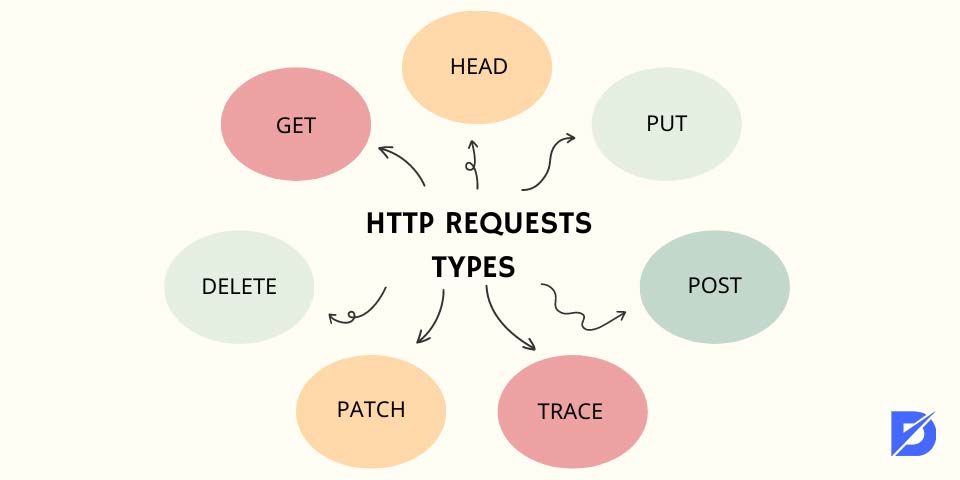
HTTP Requests Types
HTTP requests, also known as HTTP methods or HTTP verbs, are the methods that are in use to specify what the client wants to do and for what purpose they want to connect to the resource.
Now, we will list seven common types of requests.
GET
GET is the most basic form of the request method, which is in use for data flow from the web server to the web browser. In other words, GET is for retrieving data from a web server. It’s like when you click a link or enter a specific URL into the navigation bar; browsers use the GET method each time. It commands the server to send the data identified by the web address to the client. Once the client gets the data, they can perform any action.
GET is in use to access an existing resource on the server. The most crucial advantage of GET is that you can send query text in the URL, modify and resend the data and even resend the previous requests. However, URLs displayed on the screen may lead to a problem in terms of security. Therefore, you should not send essential and private information via GET.

HEAD
HEAD is very similar to the GET method. This method requests the headers from the server in a similar way as if the document was secure after using the GET method. The only visible difference between these methods is that the HEAD method of HTTP does not contain any response body, unlike the HTTP GET method.
PUT
PUT is in use for creating or updating/modifying an existing source(s) identified by the corresponding URL. This method is for when the server-side action should be repeated if the request is sent again.
DELETE
Delete is in use to remove or delete the data/resource in a specific server location. We can briefly say that DELETE is the opposite of PUT.

POST
POST is in use to send data to the web server. With this method, you can send request parameters in the message body and the URL. Browsers will ask if you would like to resend the parameters in the message body of the POST request when you press the back button. The main reason for it is to prevent accidental duplicate transactions. Therefore, we recommend using the POST method when performing an important and private transaction.
PATCH
PATCH is in use to modify or replace a part of the resource you want to update. For instance, you can prefer the PATCH method when you only need to update one part of a resource.

TRACE
TRACE is in use to detect all points that the request sent to the server from the client until it reaches the server. Therefore, TRACE helps you understand the changes made during requests from the main source. If a proxy server is in use between the server and the client, TRACE can also be in service to detect the corresponding server and the changes made on the request.
There are some essential differences between these HTTP requests. For example, (PUT vs. PATCH) Put is in use to replace the resource on the server with a new one, while PATCH is in service to change a part of the existing resource. For instance, let’s say when you only need to update one part of the resource; using the PUT method may not be inefficient. Or, (PUT vs. POST) If a PUT request is repeatedly sent, the outcome will remain constant, but the results the client will receive vary if a POST request is repeated.
HTTP Response Codes
After each request, the client will receive a response code with a different meaning. Each code consists of 3 digits, mainly to indicate whether the client’s request message has been successful.
After examining the most used HTTP request methods, it’s time to learn HTTP status codes. Let’s dive in!
HTTP response status codes are grouped into five distinct categories. The first digit of the code points out the category of response, whereas the last two digits of the code do not indicate any particular function.
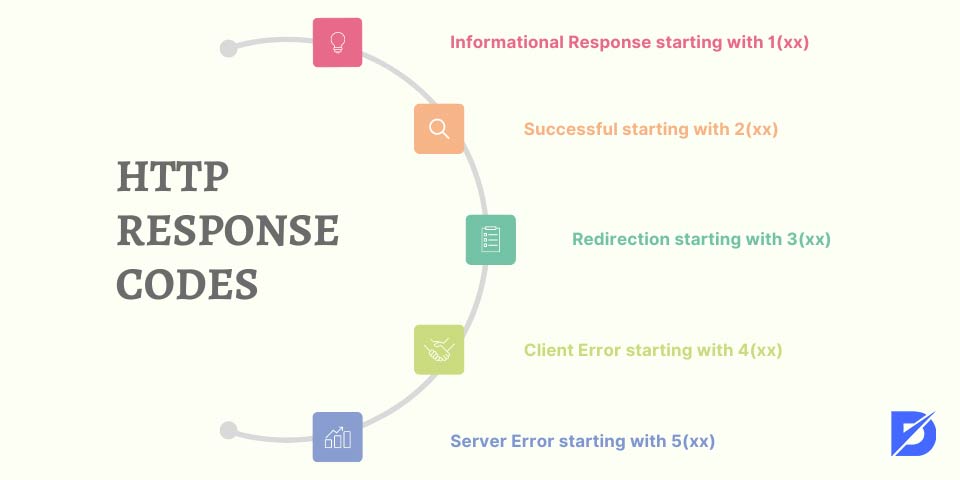
- Informational Response starting with 1(xx): The code indicates that the request has been received and is still being processed.
- Successful starting with 2(xx): The code indicates a successful receipt, acceptance, and understanding of the request.
- Redirection starting with 3(xx): The code indicates that further action is required to complete the request successfully.
- Client Error starting with 4(xx): The code indicates an error/problem with the request. For instance, the request may not be fulfilled.
- Server Error starting with 5(xx): The code indicates that the server could not complete the request.
Check how to fix HTTP 503 error.
Now that we’ve quickly introduced the HTTP response code categories you will need, it’s time to examine the mostly received ones!
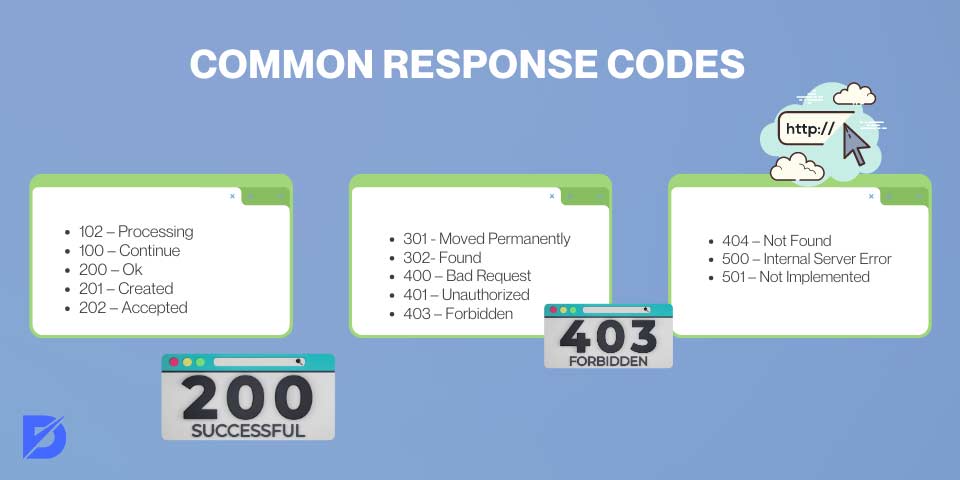
- 100 – Continue: Indicates that the server has received the initial part of the request and has not yet been rejected.
- 102 – Processing: Indicates that the server has received the entire request sent by the server and is currently working on it.
- 200 – Ok: Indicates that the request was successful.
- 201 – Created: Indicates that the server has finished processing the request and has generated one or more new resources.
- 202 – Accepted: Indicates that the request has been recognized for processing, but the processing has yet to begin or finish.
- 301 – Moved Permanently: Indicates that the requested resource has been relocated to a new URL.
- 302- Found: Indicates that the requested resource has been temporarily relocated to a new URL.
- 400 – Bad Request: Indicates that the server cannot process the request due to a mistake made by the client – e.g., invalid request message, incorrect formatting, or misleading request routing.
- 401 – Unauthorized: Indicates that the request has been rejected because of invalid authentication credentials for the requested resource.
- 403 – Forbidden: Indicates that the client lacks the necessary permissions to access the content, so the server denies completing the requested resource.
- 404 – Not Found: This indicates that the server can’t find anything in response to any request pointing to a URL without a matching resource.
- 500 – Internal Server Error: This indicates that the server has experienced an unexpected problem that prevents the request from being fulfilled.
- 501 – Not Implemented: This indicates that the requirement for the functionality to complete the request is not supported and cannot be handled by the server.

HTTP Requests Headers
An HTTP request header is part of a network message by a browser or client to a server, asking for a particular webpage or data on the server. When a user accesses a website/web page in a browser, a request header is in creation by the browser and sent to the server. Let’s list some basic information contained in a request header!
- The source of the request and the port number.
- Requested URL.
- The type of data the browser can accept in response (e.g., text, HTML, XML).
- The web server or destination website.
- Browser type by the client (This is very important because the Web server will be able to send back compatible data depending on the type of browser the client is using.)
After receiving the request, the web server will respond to it with an HTTP response header which includes the information requested by the client.
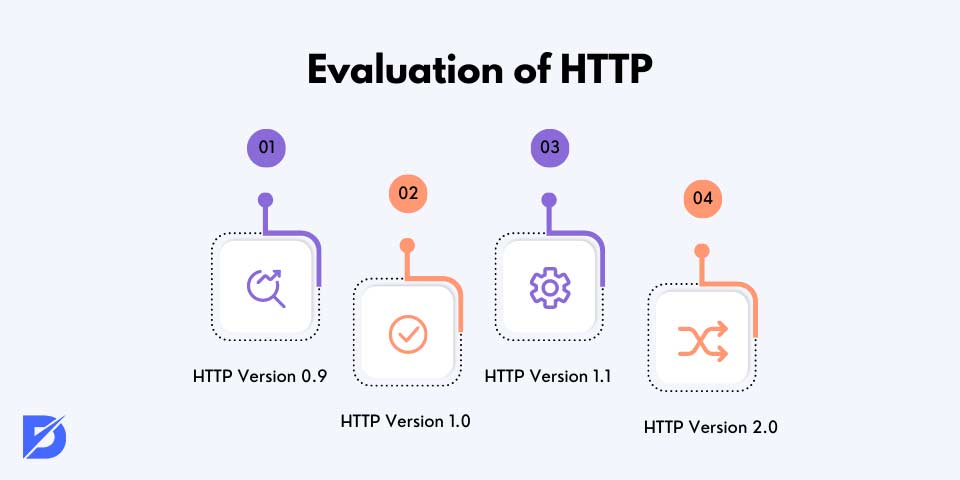
Evaluation of HTTP
Let’s closely examine the evaluation of HTTP requests experienced throughout the years. We will talk about the four versions in detail.
HTTP Version 0.9
HTTP 0.9, also known as the one-line protocol, is the initial version of the HTTP protocol. Unfortunately, it is no longer suitable for modern web standards.
As we mentioned throughout the article, there are different types of HTTP methods like GET, PUT, or DELETE. Version 0.9 was capable of supporting only the GET method. To put it in another way, the client can only retrieve data from a web server. However, as the Internet developed and new capabilities became all-pervasive, the first version became inadequate.

HTTP Version 1.0
As Version 0.9, Version 1.0 has become outdated. This version introduces several new capabilities, such as supporting the POST method or connecting with multiple servers simultaneously. The most important and beneficial features included in this version are using status codes and introducing HTTP headers. At this point, HTTP headers allowed the client to transmit and receive various file formats and exchange associated metadata. The newly launched methods, like DELETE – enable the client to delete the resource on the server, and PUT – updates an existing resource or creates a new one.
HTTP Version 1.1
HTTP 1.1 was available in 1997, just one year after the release of HTTP 1.0. The new version solved the widely known issue of “connection timeouts.” The meaning of the “Connection timeouts” issue was simple. If a connection were inactive for a certain period, it would automatically be terminated. To give an example, a user, who stops downloading a large file in the middle of the process, would have a chance to resume their download later without having to set up a new connection.
HTTP 1.1 provided several essential changes to the HTTP protocol with new features – e.g., persistent connections. Besides, status codes were ready that offered greater insight into the status of a request or response. For instance, the client had a chance to check whether the request has been visible to the server (code 100 – Continue) or check whether the server has experienced an unexpected problem (code 500 – Internal Server Error)
Unlike HTTP 1.0, HTTP 1.1 was capable of executing more than one request using a single connection.
HTTP Version 2.0
HTTP 2.0 was first available in 2015, roughly 18 years after the release of HTTP 1.1. The latest version mainly focuses explicitly on answering the question, “How to improve the performance of the protocol?” The essential feature improved by HTTP 2.0 is the increased speed. It means that the client can get HTTP requests and responses quicker, providing a better browsing experience.
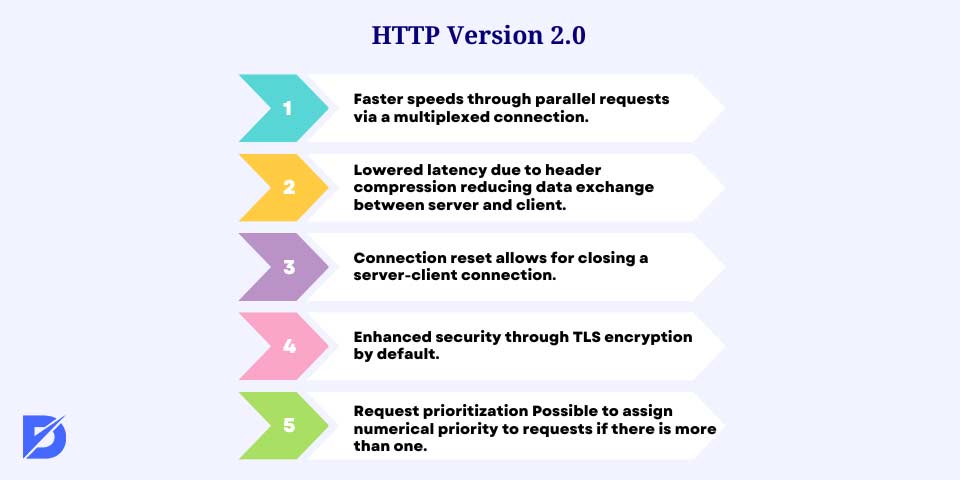
HTTP 2.0 offers several advantages not found in previous versions.
- Faster speeds through parallel requests via a multiplexed connection.
- Lowered latency due to header compression reducing data exchange between server and client.
- Connection reset allows for closing a server-client connection and immediately opening a new one for any reason.
- Enhanced security through TLS encryption by default; It protects against unexpected issues, such as man-in-the-middle attacks.
- Request prioritization Possible to assign numerical priority to requests if there is more than one. This allows the client to specify the desired order of responses.
Requirements
Some requirements need to be ready to receive valid HTTP requests and a valid HTTP response.
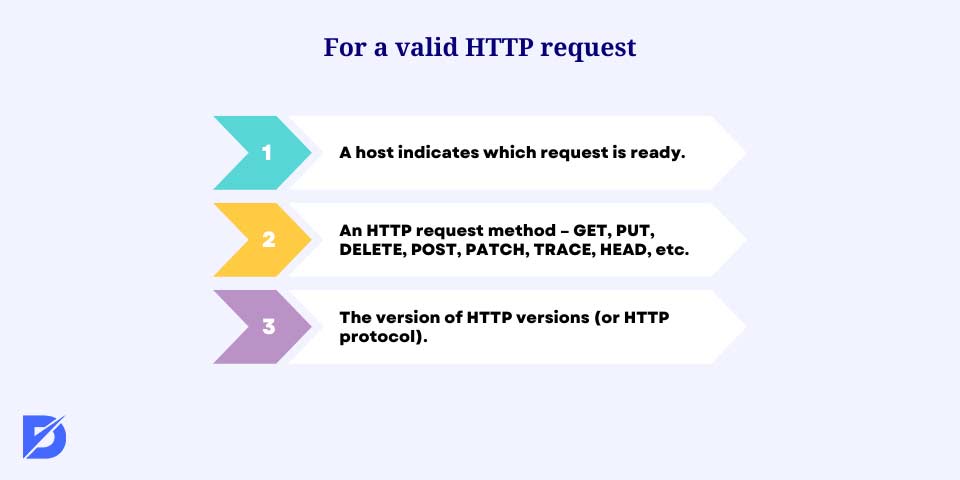
For a valid HTTP request:
- A host indicates which request is ready.
- An HTTP request method – GET, PUT, DELETE, POST, PATCH, TRACE, HEAD, etc.
- The version of HTTP versions (or HTTP protocol) – HTTP/0.9, HTTP/1.0, HTTP/1.1, HTTP/2.0
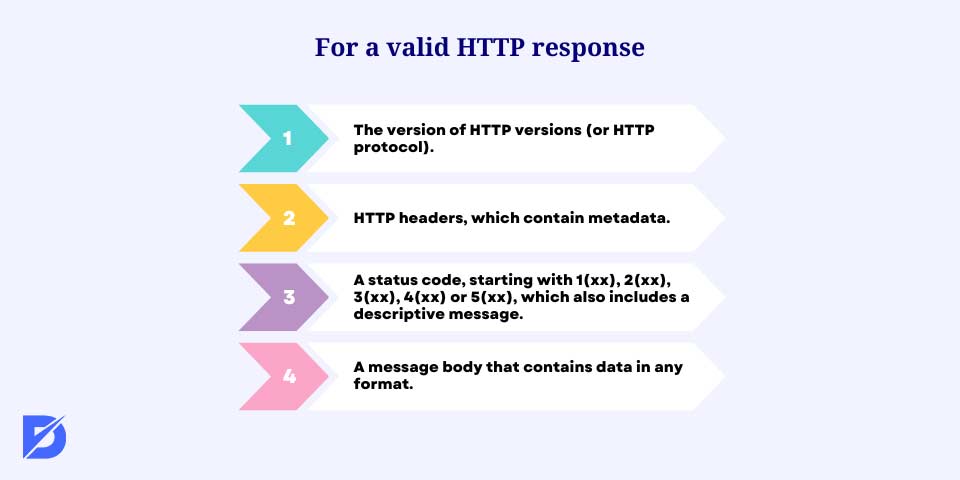
For a valid HTTP response:
- The version of HTTP versions (or HTTP protocol) – HTTP/0.9, HTTP/1.0, HTTP/1.1, HTTP/2.0
- HTTP headers, which contain metadata.
- A status code, starting with 1(xx), 2(xx), 3(xx), 4(xx) or 5(xx), which also includes a descriptive message.
- A message body that contains data in any format.
Conclusion
To summarize, HTTP is a protocol that communicates between a website/web server and a client’s browser. Several HTTP requests are in use to achieve this, including GET, PATCH, DELETE, PUT, POST, HEAD, and TRACE. Of course, there is no limit, and the ones we listed in our guide are incomplete; there are more. After the server receives the requests sent by the client, it starts to process them and sends an appropriate response if everything is okay. The server sends an HTTP response code in response to a request, which indicates the response’s status along with a short descriptive message. Well, four HTTP versions are available – HTTP 0.9, HTTP 1.0, HTTP 1.1, and HTTP 2.0. With each new version, new features become available, and critical improvements are always coming.
Frequently Asked Questions About
The most used HTTP requests are GET, POST, PUT, DELETE, TRACE, HEAD, and PATCH. In addition to these methods, CONNECT and OPTIONS are also available.
Don’t worry. It means that the server successfully reads and retrieves the data.
There are two main requirements.: An HTTP request method, such as GET or PUT, and the version of the HTTP protocol, such as HTTP/1.1 or HTTP/2.0.
The most important difference is protocol improvements in Version 1.0, such as HTTP headers and new HTTP methods not available in Version 0.9.
An HTTP request consists of three parts. These are the request line, headers, and message body.

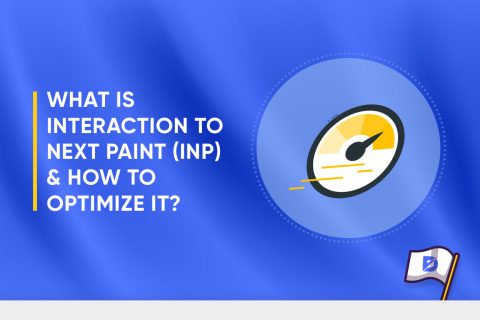
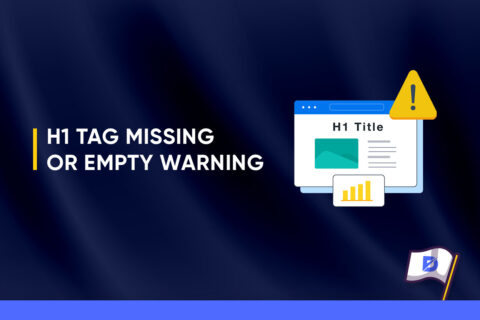
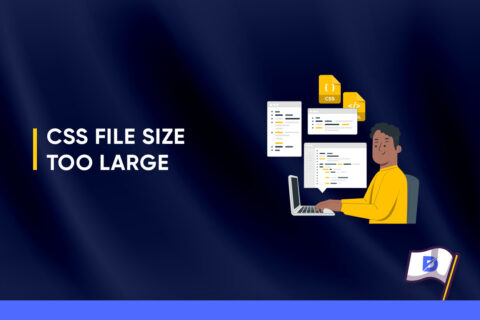

No comments to show.